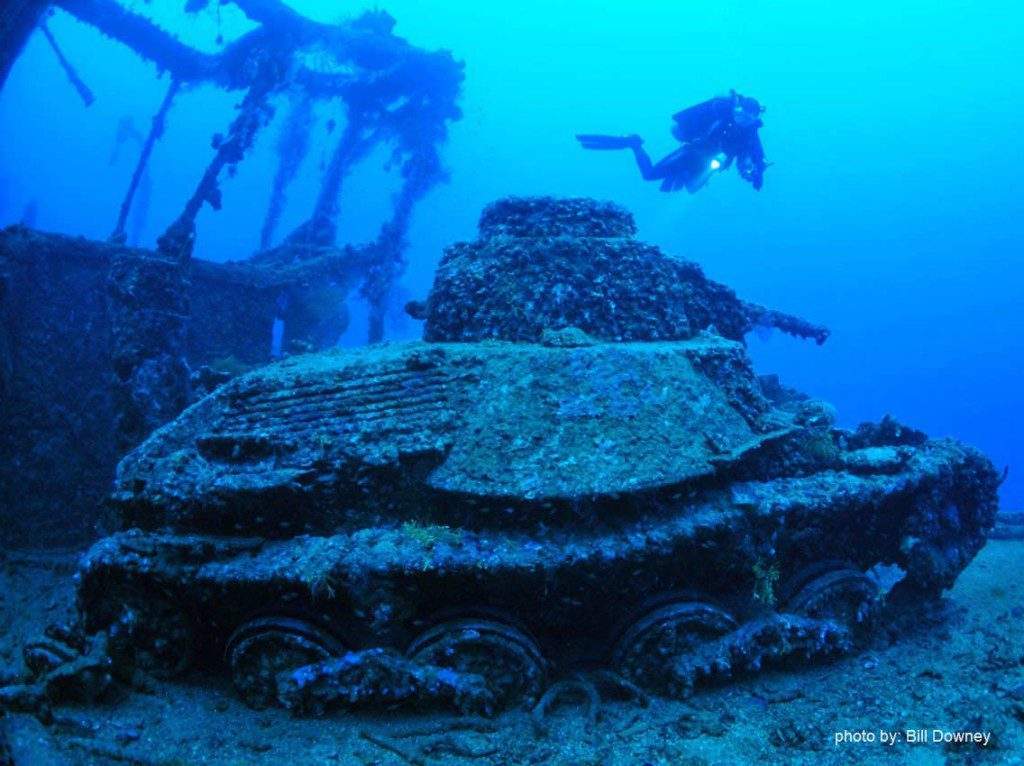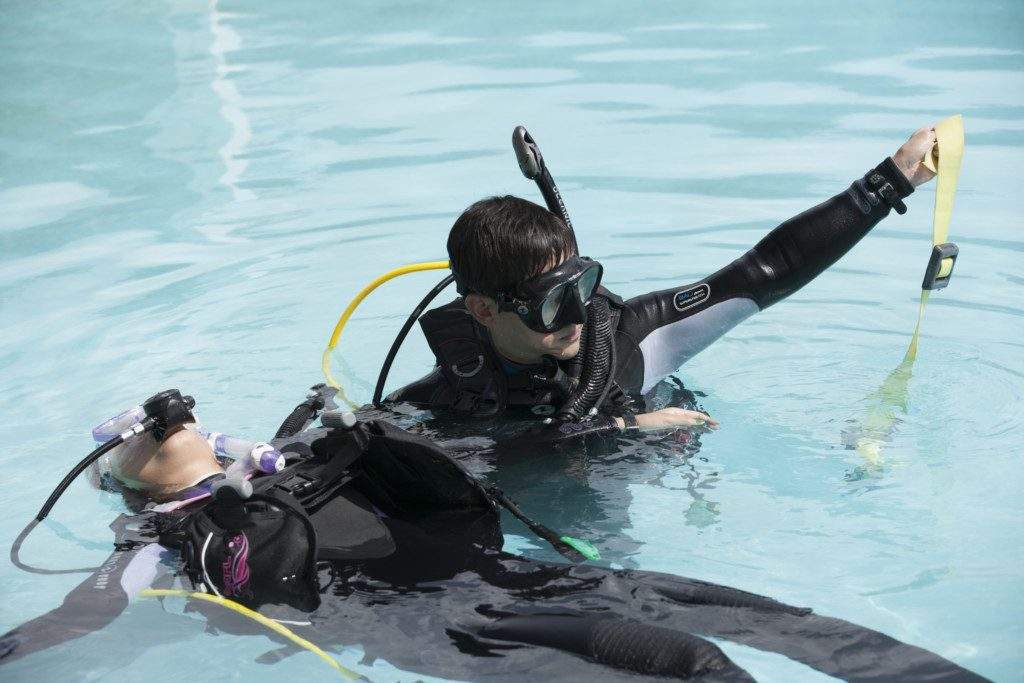
Wreck Diver – Limited Penetration (SDI)
Are you ready to explore the underwater wrecks of our


Are you ready to explore the underwater wrecks of our

Train to spot and avoid potential issues, as well as render aid to injured or distressed divers.